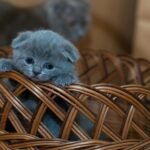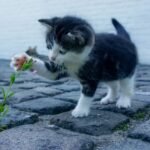Have you ever looked into your cat’s eyes and wondered what’s really going on behind that enigmatic gaze? Cats are often misunderstood as aloof or indifferent, but beneath their graceful exteriors lies a world brimming with feelings and intuition. In fact, our feline friends possess remarkable emotional intelligence—sometimes in ways that surprise even devoted cat lovers. Whether you’re a new cat parent or a lifelong feline fanatic, uncovering these secret signs of feline empathy and understanding will open your heart and change the way you see your mysterious companion.
Gazing Into Your Eyes: The Slow Blink of Trust
Cats don’t just look; they communicate with their eyes in profound ways. When a cat slowly blinks at you, it’s not a random gesture—it’s a “kitty kiss.” This slow blink is a powerful sign of trust and affection, a way for your cat to say, “I feel safe with you.” Unlike humans, cats avoid direct prolonged eye contact because it can be seen as threatening. So, when they offer you a relaxed, lingering blink, they’re sharing a private moment of peace. Try returning the gesture; you might notice your cat responding with even more warmth. This gentle habit demonstrates a level of emotional awareness not often associated with animals.
Kneading with Their Paws: Comfort and Memory

If you’ve ever been gently massaged by your cat’s paws, you’ve experienced one of the most heartwarming displays of feline emotion. Kneading is a behavior rooted in kittenhood, when babies knead their mother to stimulate milk flow. Adult cats carry this comforting ritual into their lives, using it as a way to self-soothe and express contentment. When your cat kneads you, it’s a sign they associate you with safety and warmth. This deep connection to positive memories and comfort shows how cats harness their emotional intelligence to bond and find tranquility.
Following You from Room to Room: Loyalty Unveiled
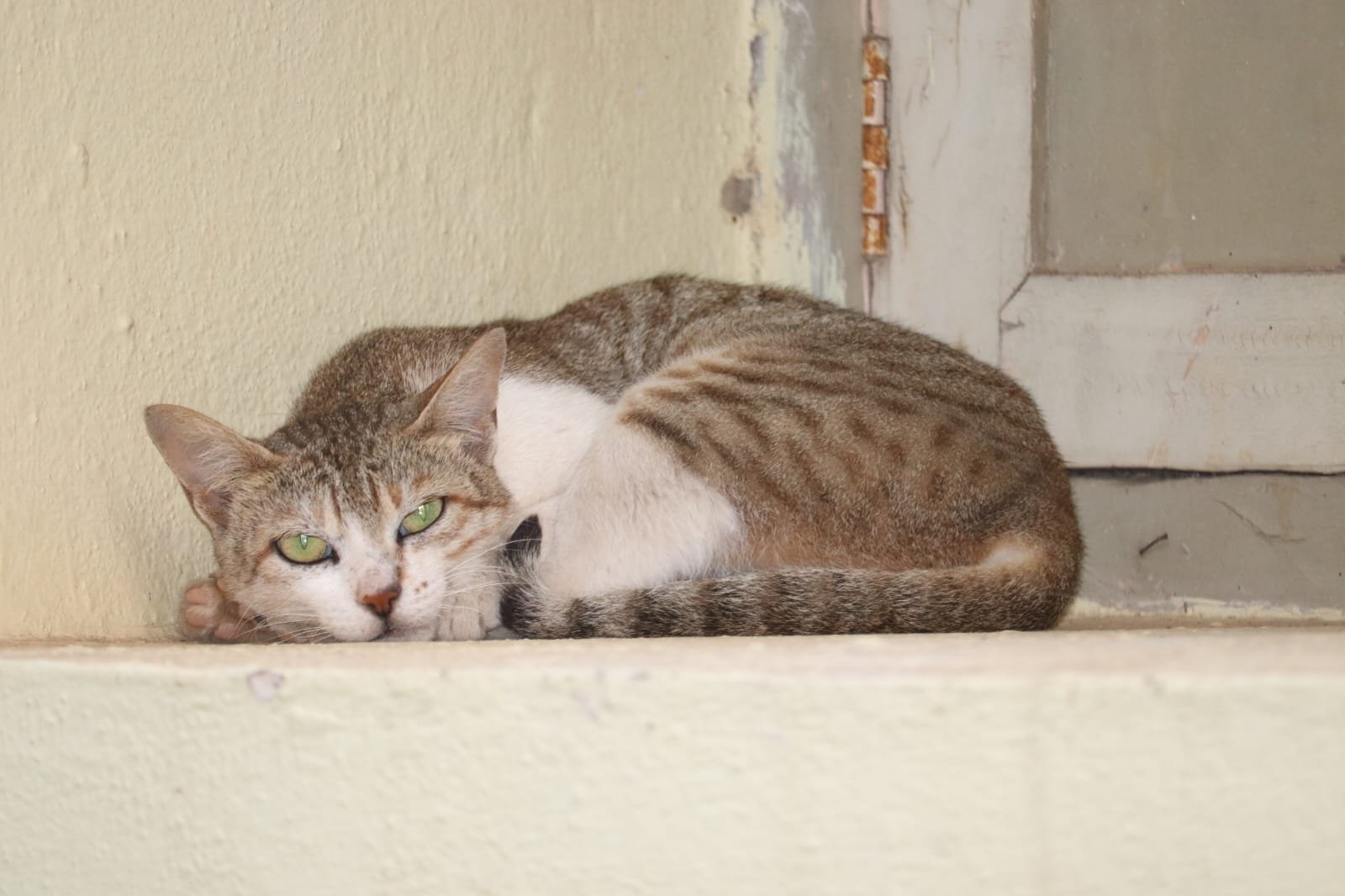
Some say cats are solitary, but anyone who’s ever been shadowed by their feline knows otherwise. When your cat follows you around the house, it’s not just curiosity—it’s a demonstration of attachment and loyalty. They want to be part of your world, participating in your daily routine. This desire for proximity reveals their need for companionship and their instinct to keep tabs on those they love. It’s their way of silently asking, “What are we doing next?” and showing that your presence matters deeply to them.
Responding to Your Mood: Empathy in Action

It’s almost magical how cats seem to sense when you’re upset, tired, or anxious. Many cat owners report that their pets become more affectionate or attentive when they’re feeling down. This isn’t a coincidence. Cats are highly observant and sensitive to changes in body language, tone of voice, and routine. Their ability to recognize and react to your emotional state is a testament to their empathetic abilities. They may curl up beside you, purr softly, or simply offer their quiet companionship, providing comfort without a single word.
Bringing You “Gifts”: Sharing and Providing
Finding a toy—or even something less pleasant—at your feet might not be your favorite part of cat ownership, but it speaks volumes about your cat’s emotional world. Cats are natural hunters, and when they bring you their prizes, they’re sharing their success and caring for you as part of their family. This behavior is rooted in their instinct to provide for loved ones. It’s their way of saying, “I care about you and want to make sure you’re taken care of.” While it might not always be welcome, it’s a touching display of feline generosity and connection.
Head-Butting and Rubbing: Claiming and Bonding

When your cat gently bumps their head against you or rubs their face along your body, they’re not just marking territory—they’re marking you as family. This behavior, called bunting, is a deeply social act. Cats have scent glands on their heads, and by sharing their scent with you, they’re strengthening your bond and expressing affection. It’s a sign that your cat sees you as a trusted part of their social group. These loving nudges are like tiny hugs, filled with unspoken trust and friendship.
Purring Beyond Contentment: Healing and Sympathy

Purring is often associated with a happy cat, but its meaning goes much deeper. Cats also purr when they’re frightened, in pain, or even when comforting another animal or human. The frequency of a cat’s purr has been shown to promote healing, both in themselves and those around them. When your cat purrs on your lap after a stressful day, they may be trying to soothe not only themselves but you as well. This demonstrates an incredible level of emotional awareness and an instinct to provide comfort.
Tail Language: Expressing Subtle Feelings
A cat’s tail is a powerful emotional barometer. From a high, upright tail signaling confidence to a gently curled tip denoting friendliness, your cat’s tail movements are loaded with meaning. A twitching tail might mean excitement or irritation, while a puffed-up tail signals fear. By reading your cat’s tail language, you can gain insight into their emotional state. Their ability to communicate so clearly—sometimes more honestly than humans—shows a nuanced understanding of both their own feelings and how to share them.
Vocalizing in Unique Ways: Personalized Communication

Some cats are chatterboxes, while others barely make a sound. But what’s truly remarkable is how cats develop distinct vocalizations for their favorite humans. From soft chirrups to loud meows, cats tailor their sounds to communicate specific needs and emotions. They may greet you with a special meow after a long day or use a different tone to express hunger or affection. This personalized language is a form of social intelligence, proving that your cat is not only listening, but also trying to be understood.
Seeking Physical Contact: Cuddling and Closeness
Though cats have a reputation for independence, many crave physical touch. Curling up on your lap, napping beside you, or reaching out with a gentle paw—these are all deeply emotional gestures. Physical closeness provides comfort and security, and when your cat seeks it out, they’re expressing their love and trust. It’s their way of saying, “I want to be near you because you make me feel safe.” For some cats, even a quick brush against your leg is their version of a heartfelt embrace.
Playful Antics: Joy and Social Interaction
Watching a cat chase a feather toy or pounce on a ball is pure delight, but play is about much more than entertainment. Playful behavior is a sign of happiness and social connection. When your cat invites you to play, they’re engaging in a bonding ritual that builds trust and affection. Play also helps cats manage stress and express joy. By sharing these lighthearted moments, your cat is showing a sophisticated understanding of emotional connection and fun.
Hiding When Overwhelmed: Emotional Self-Care
Sometimes, a cat’s sudden disappearance under the bed or into a closet can be puzzling. But hiding is a sign of emotional intelligence—cats know when they need space to process their feelings. This instinct for self-care helps them manage fear, anxiety, or overstimulation. Instead of forcing them out, respecting this need for solitude is key to building trust. Cats’ ability to recognize and address their emotional limits is something humans could learn from.
Grooming Themselves and Others: Soothing and Social Bonds
Grooming is more than just cleanliness—it’s a vital part of feline emotional life. Cats groom themselves to relax, reduce stress, and feel comforted. When they groom other cats or even their humans, it’s a sign of deep affection and social bonding. This mutual grooming, called allogrooming, helps cats strengthen relationships and convey feelings of care. The gentle, rhythmic motion is both soothing and a heartfelt expression of trust.
Exposing Their Belly: Ultimate Vulnerability
A cat rolling over to show its belly is a sight that melts any heart. This gesture is the feline equivalent of letting your guard down completely. Exposing the belly is a vulnerable act, signaling ultimate trust and comfort in your presence. While not every cat wants a belly rub, the very act of showing you this tender spot is a sign of emotional security. It’s a rare and precious display of connection.
Greeting You at the Door: Anticipation and Attachment
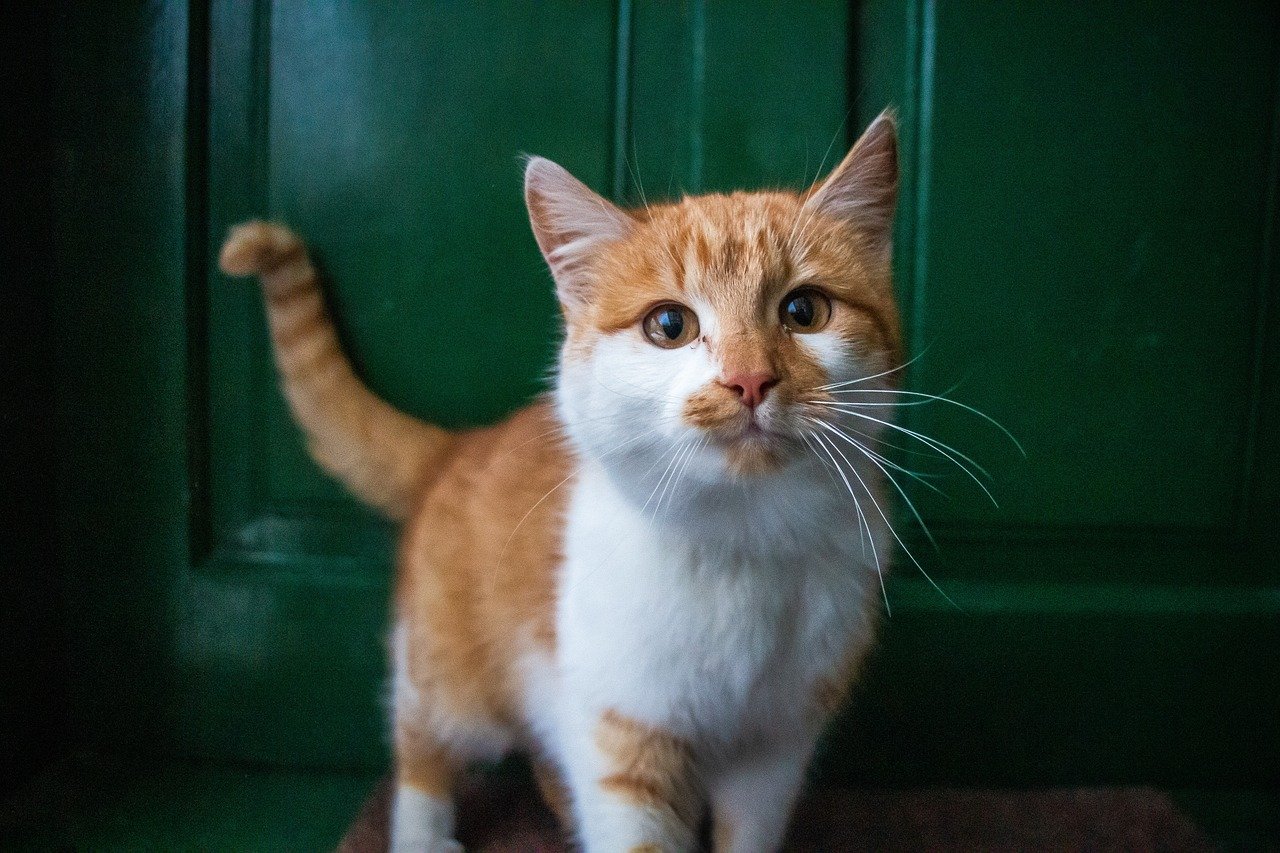
Few things feel as special as coming home to find your cat waiting by the door. This enthusiastic greeting isn’t just about routine; it reveals a strong emotional attachment. Cats who meet you at the door are expressing excitement and anticipation at your return. Their tail may quiver, or they might vocalize in greeting, showing how much your presence matters. This simple act is a profound reminder of the bond you share.
Mirroring Your Movements: Attunement to You
Cats are surprisingly observant, often mirroring your actions or routines. They might stretch when you do, settle down when you’re calm, or even wake up when you do. This mirroring is a sign of emotional attunement, a way for your cat to stay connected to your mood and rhythm. It’s their subtle method of saying, “I’m with you, no matter what we’re doing.” Such synchronization highlights their deep connection and desire to be in tune with your emotional world.
Listening and Watching Attentively: True Presence

Ever notice how your cat seems to listen carefully when you talk, or how their eyes follow you with unwavering attention? Cats are masters of presence, giving you their full focus in moments both big and small. This attentive behavior demonstrates respect and interest in your world. It’s as if they’re saying, “You matter to me, and I’m here for you.” Their ability to offer this kind of focused presence is both rare and touching.
Sleeping Near You: Seeking Safety
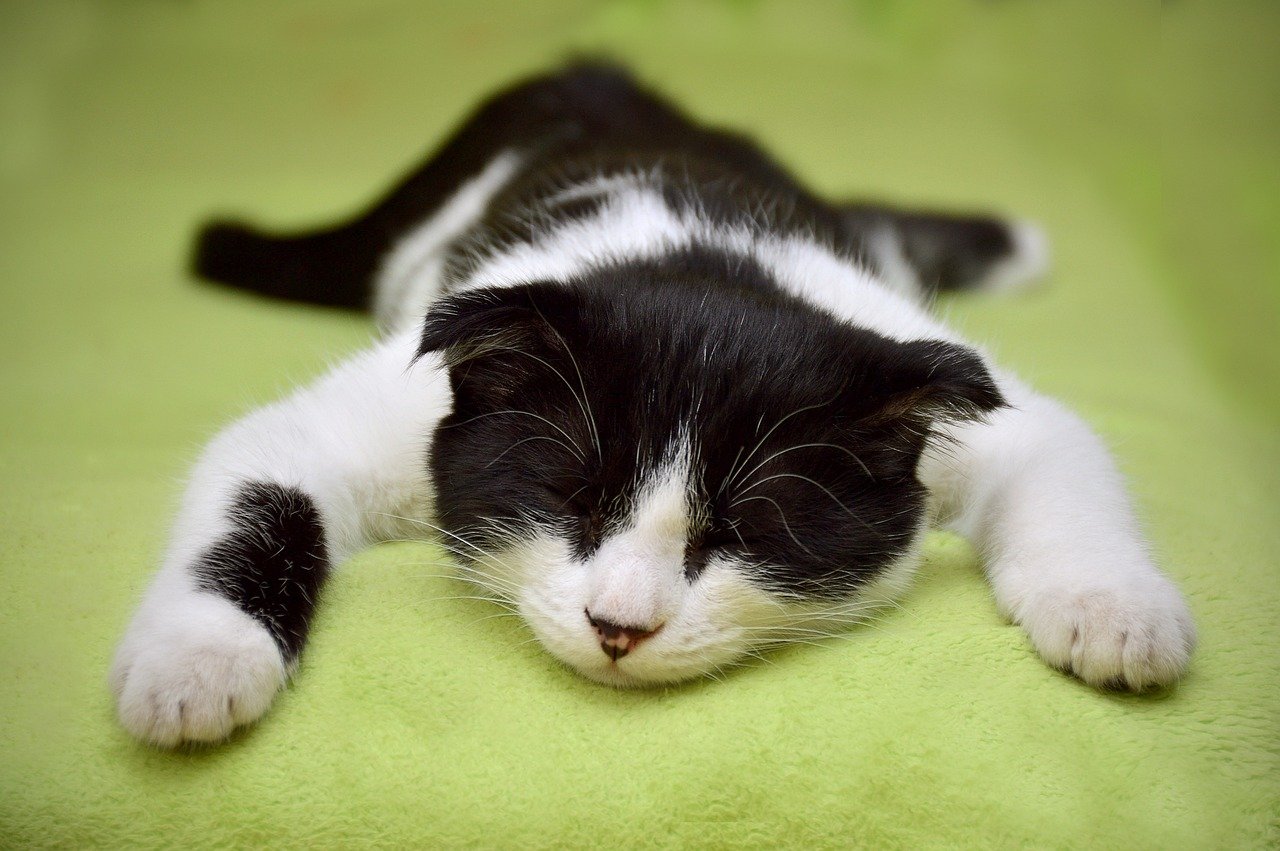
Where your cat chooses to sleep says a lot about their feelings. Cats who curl up next to you, or even just in the same room, are seeking the security of your presence. This sleeping arrangement is a testament to their trust and emotional connection. In the wild, cats are vulnerable during sleep, so choosing to rest near you means they see you as a safe haven. It’s a quiet but powerful expression of love.
Reacting to Your Absence: Signs of Missing You
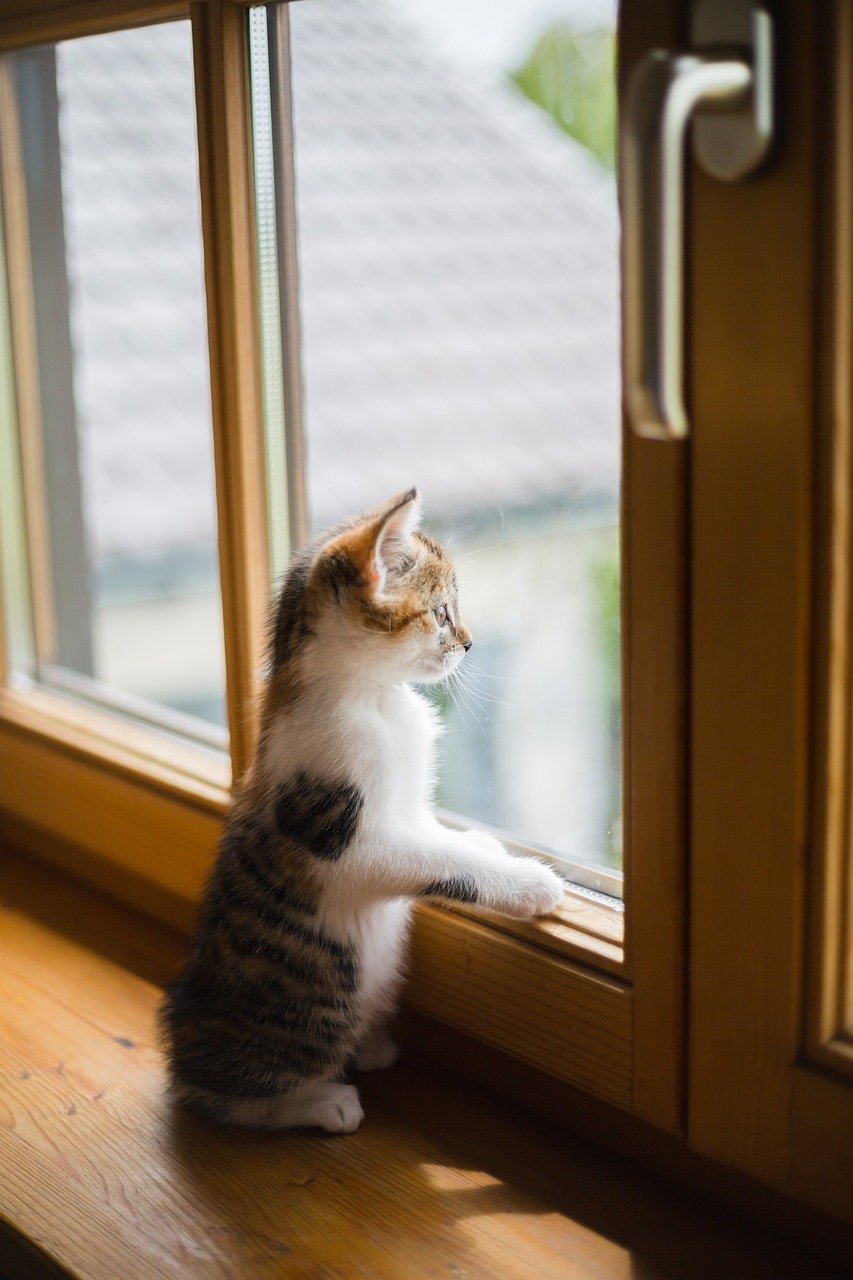
Some cats might appear independent, but their behavior when you’re gone tells another story. You may notice changes like increased vocalization, clinginess, or even loss of appetite when you’re away. These signs reveal that your absence is felt deeply, and your return brings relief and joy. Cats form strong attachments, and their reactions to separation show the depth of their emotional intelligence and need for companionship.
Protective Behaviors: Watching Over Their Loved Ones
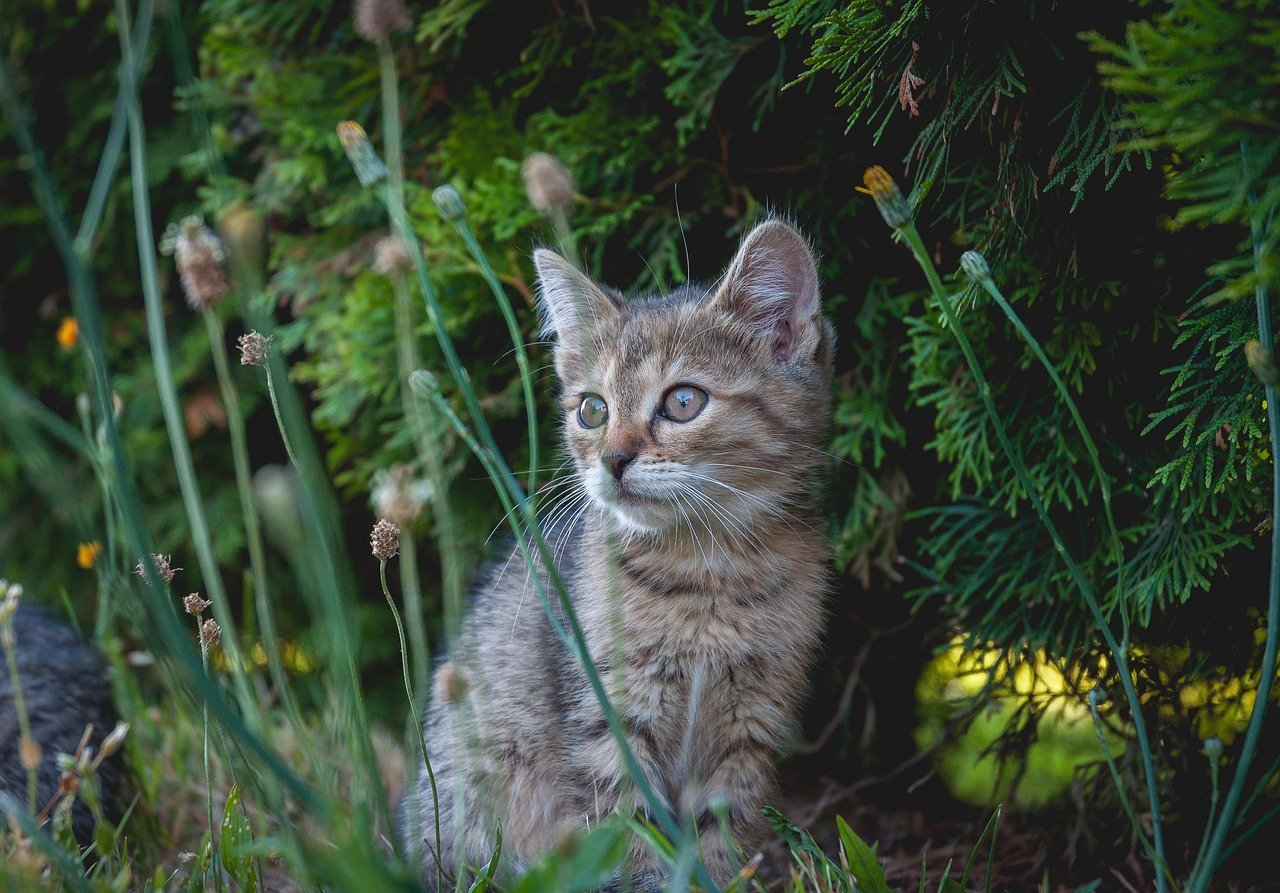
In certain situations, cats display protective instincts toward their humans or other pets. This might look like standing between you and a perceived threat, hissing at strangers, or keeping a watchful eye on small children. Such behavior isn’t just about territory—it’s about caring for those they see as family. These protective actions are rooted in deep emotional bonds and a desire to keep their loved ones safe. It’s a reminder that cats are not just observers but loyal guardians in their own right.
Hi, I’m Bola, a passionate writer and creative strategist with a knack for crafting compelling content that educates, inspires, and connects. Over the years, I’ve honed my skills across various writing fields, including content creation, copywriting, online course development, and video scriptwriting.
When I’m not at my desk, you’ll find me exploring new ideas, reading books, or brainstorming creative ways to solve challenges. I believe that words have the power to transform, and I’m here to help you leverage that power for success.
Thanks for stopping by, Keep coming to this website to checkout new articles form me. You’d always love it!




